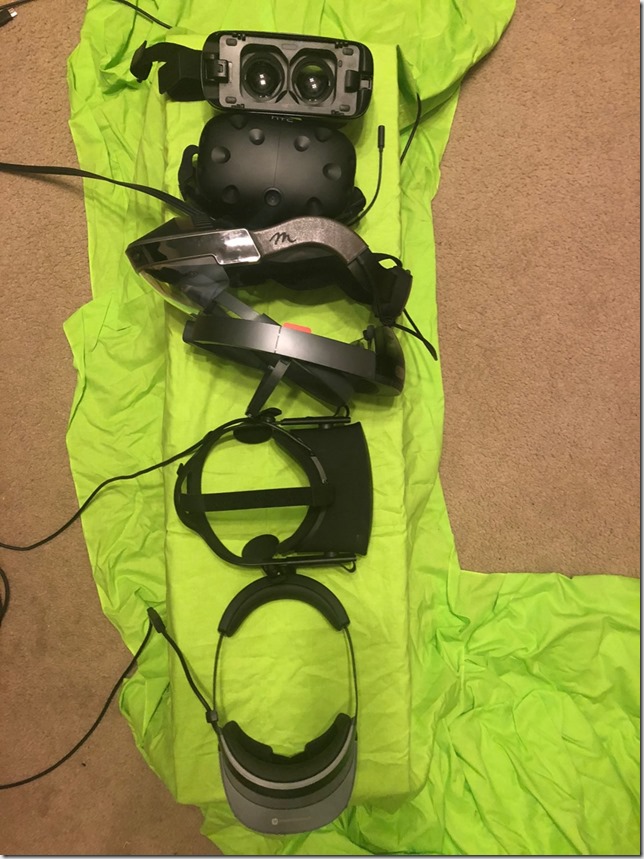Virtual reality, augmented reality, mixed reality and XR (or xR) are terms floating around that seem to describe the same things – but maybe not – and sometimes people get very angry if you use the terms incorrectly (or at least they say they do).
The difficulty is that these terms come from different sources and for different reasons, yet the mind naturally seeks to find order and logic in the world it confronts. A great English historical example is the way Anglo-Saxon words for animals have complementary Norman words for the cooked versions of those beasts: cow and beef (boeuf), pig and pork (porc), sheep and mutton (mouton). It is how the mind deals with a superfluity of words – we try to find a reason to keep them all.
So as an experiment and a public service, here’s a guide to using these terms in a consistent way. My premise is that these terms are a part of natural language and describe real things rather than marketing terms meant to either boost products or boost personal agendas (such as the desire to be the person who coined a new term). Those constraints actually make it pretty easy to fit all these phrases into a common framework and uses grammar to enforce semantic distinctions:
1) Virtual reality is a noun for a 3D simulated reality that you move through by moving your body. A sense of space is an essential component of VR. VR includes 360 videos as well as immersive 3D games on devices like the Oculus Rift, HTC Vive and Microsoft Immersive headsets.
2) Augmented reality is a noun for an experience that combines digital objects and the real world, typically by overlaying digital content on top of a video of a real world (e.g. Pokémon Go) or by overlaying digital content on top of a transparent display (e.g. HoloLens, Meta, Magic Leap, Daqri).
3) Mixed reality is an adjective that modifies nouns in order to describe both virtual and augmented reality experiences. For instance:
a. A mixed reality headset enables virtual reality to be experienced.
b. The Magic Leap device will let us have mixed reality experiences.
4) xR is an umbrella term for the nouns virtual reality and augmented reality. You use xR generically when you are talking about broad trends or ambiguously when you are talking in a way that includes both VR and AR (for instance, I went to an event about xR where different MR experiences were on display). xR may, optionally, also cover AI and ML (aren’t they the same thing?).
This isn’t necessarily how anyone has consistently used these terms in 2017, but I feel like there is a trend towards these usages. I’m going to try to use them in this way in 2018 and see how it goes.

